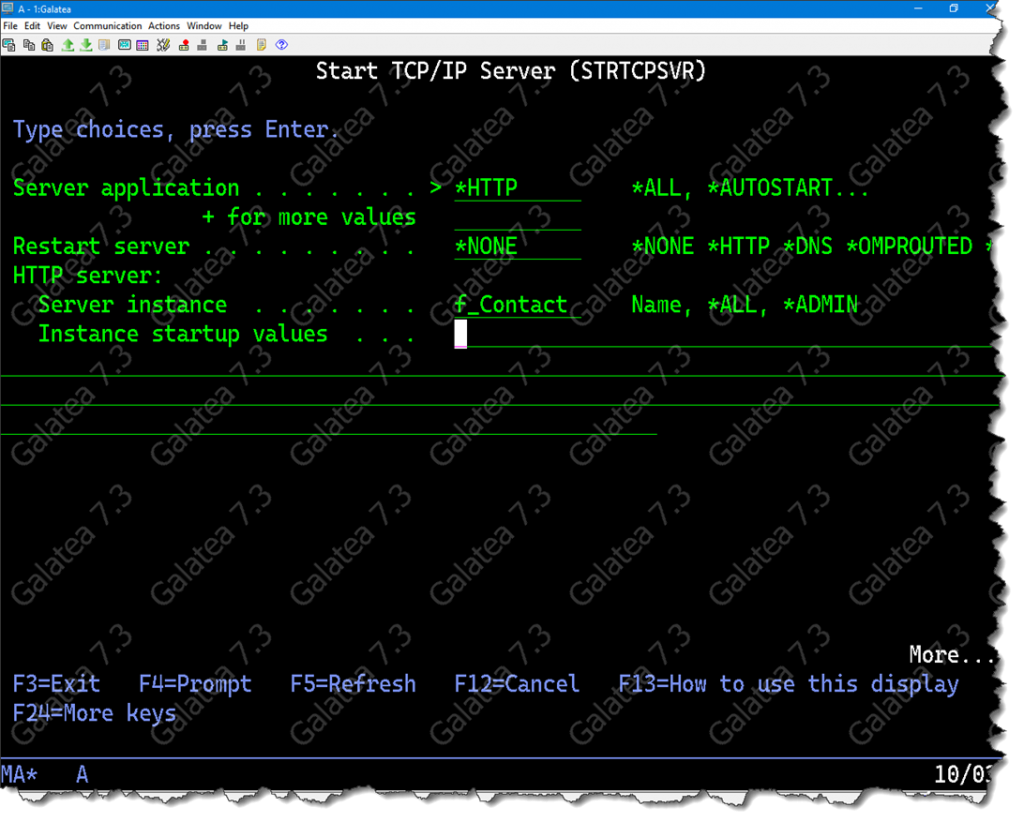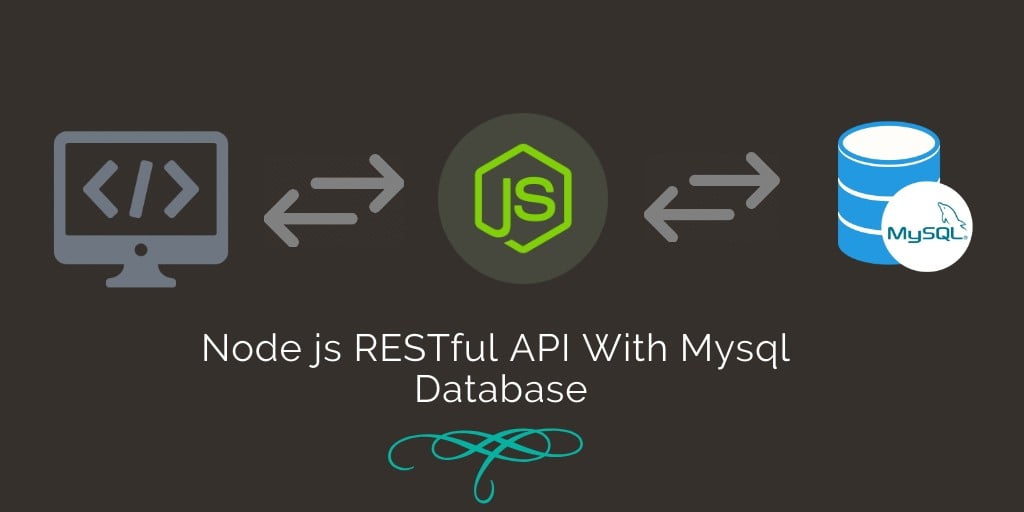
log ( "Hello" ) setTimeout ( ( ) => delayedGreeting ( ) console. The standard way of creating a delay in JavaScript is to use its setTimeout method. Now that we have a better understanding of JavaScript’s execution model, let’s have a look at how JavaScript handles delays and asynchronous operations. You Might Not Actually Need a JS Sleep Function If any of this is news to you, you should watch this excellent conference talk: What the heck is the event loop anyway?.

Rather, it will continue on its way, output “Hello!” to the console, then when the request returns a couple of hundred milliseconds later, it will output the number of repos. It will not, however, wait for the request to complete. An alternative is to send a message from your node, put that through a Delay node and then have another node that completes the operation. However it can be tricky to get right and since you had to ask how to do it then you could find it problematic.

The JavaScript interpreter will encounter the fetch command and dispatch the request. To insert a delay inside a function node you can use the javascript setTimeout () function. This is because fetching data from an API is an asynchronous operation in JavaScript. sleep - npm sleep Add sleep (), msleep () and usleep () to Node.js, via a C++ binding. If you run this code, it will output “Hello!” to the screen, then the number of public repos attributed to my GitHub account. Execution goes from top to bottom.Ĭontrast that with the equivalent JavaScript version: fetch ( '' ). Upon each connection, the callback is fired, but if there is no work to be done, Node.js will sleep. In the following 'hello world' example, many connections can be handled concurrently. Native modules may also have blocking methods. Synchronous methods in the Node.js standard library that use libuv are the most commonly used blocking operations. It then parses the response, outputs the number of public repos attributed to my GitHub account and finally prints “Hello!” to the screen. As an asynchronous event-driven JavaScript runtime, Node.js is designed to build scalable network applications. In Node.js, JavaScript that exhibits poor performance due to being CPU intensive rather than waiting on a non-JavaScript operation, such as I/O, isn't typically referred to as blocking. get (uri ) )Īs one might expect, this code makes a request to the GitHub API to fetch my user data. It accepts a function and a delay time in milliseconds.Understanding JavaScript’s Execution Modelīefore we get going, it’s important to make sure we understand JavaScript’s execution model correctly.Ĭonsider the following Ruby code: require 'net/http' require 'json'

The setTimeout() function schedules code for the runtime to execute once a set amount of time has passed.

Using setTimeout() to Wait for a Specific Time


 0 kommentar(er)
0 kommentar(er)
